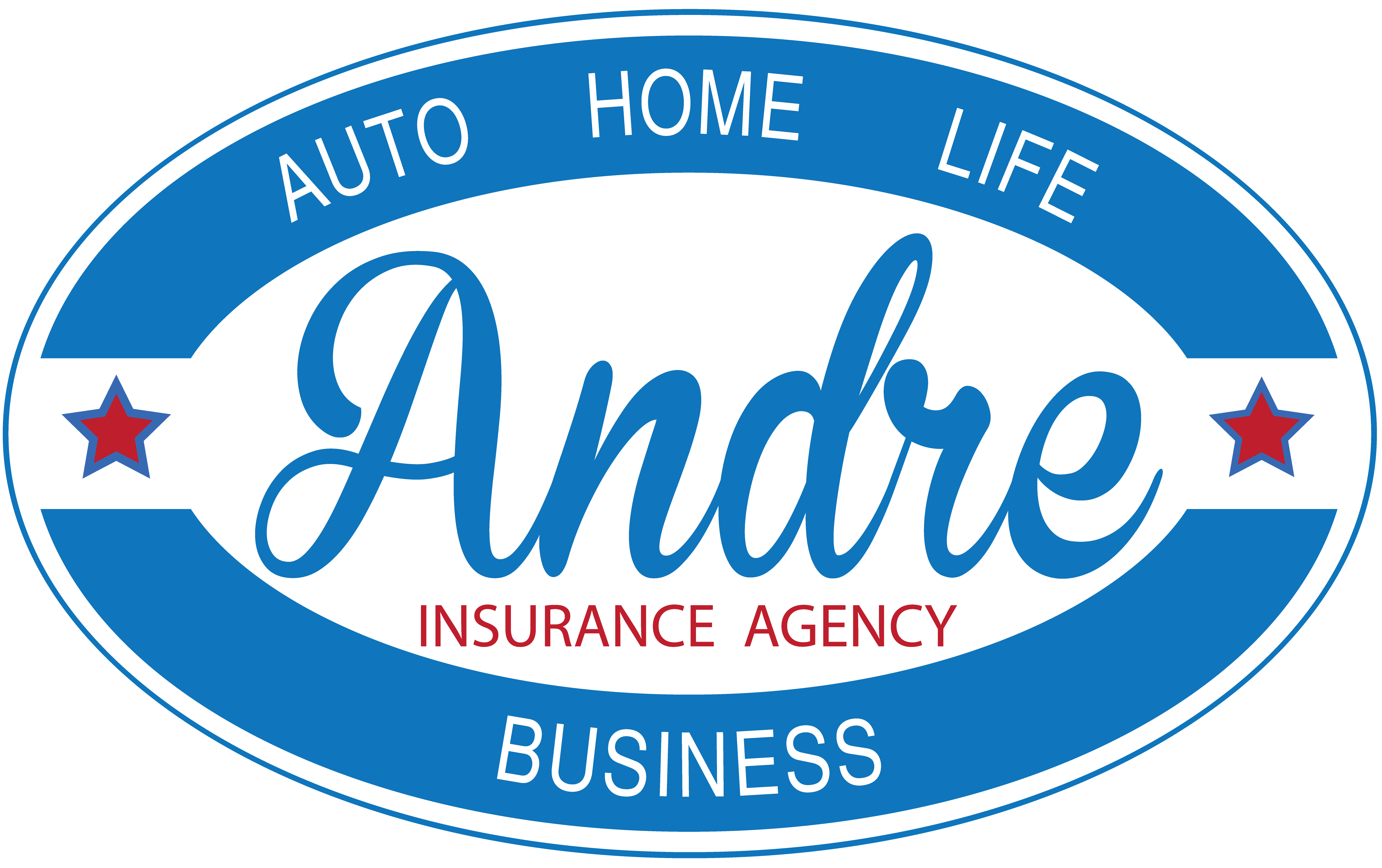If you can’t avoid traveling on wet roads altogether, it’s best to drive slow and steady. But what should you do if you start hydroplaning anyway?
The first thing to do is relax, as frantic movements will only make your situation worse. As you feel your car lose contact with the road, calmly but firmly grip the steering wheel with both hands. Don’t slam on the brakes or make dramatic motions with the steering wheel – these actions will jeopardize your control of the car.
Instead, aim the nose of your vehicle forward and calmly make slight adjustments with the steering wheel to keep your vehicle going in the right direction. Then take your foot off the gas and allow your car to slow down naturally as you continue to navigate. Resist the urge to slam on the brakes.
But what if you are going to hit something?
If you’re heading toward another car, tree or median, then you may be forced to apply the brakes. How you should apply the brakes depends on the car you drive.
If your car is equipped with regular brakes, pump them regularly and lightly as you continue to steer in the direction you want to go. If your car has anti-lock brakes, you should brake as normal by applying steady pressure to the brakes. Just try not to slam on the brakes. The process for braking when you’re hydroplaning is actually very similar to braking when you’re skidding on ice.
Hydroplaning is scary, but you truly can handle it with extra precaution and a little knowledge.
Read the full story from Erie Insurance: “What Should I Do if I Start Hydroplaning?“

